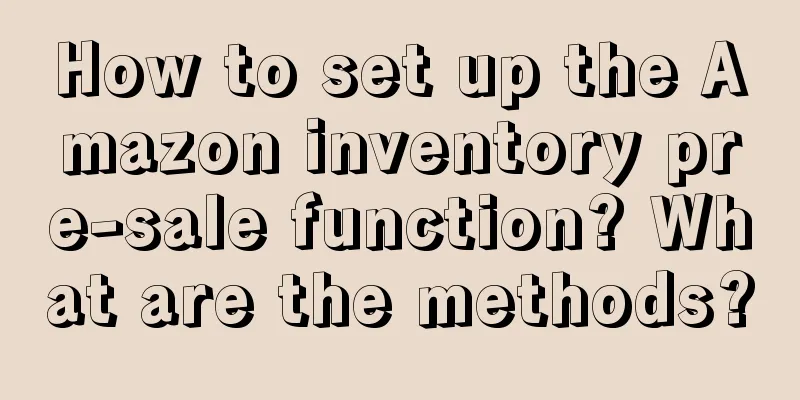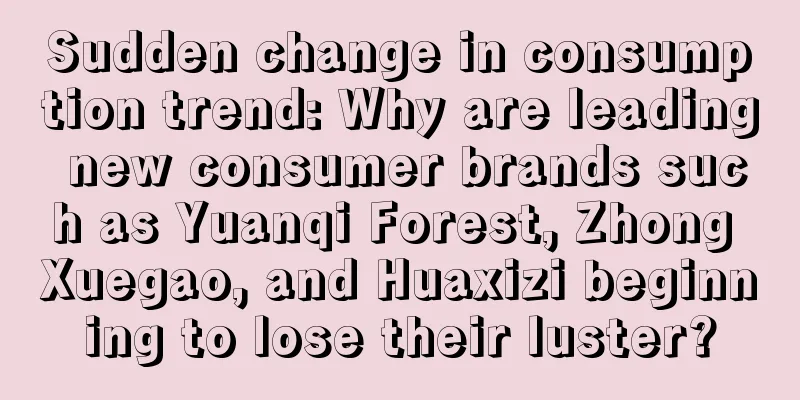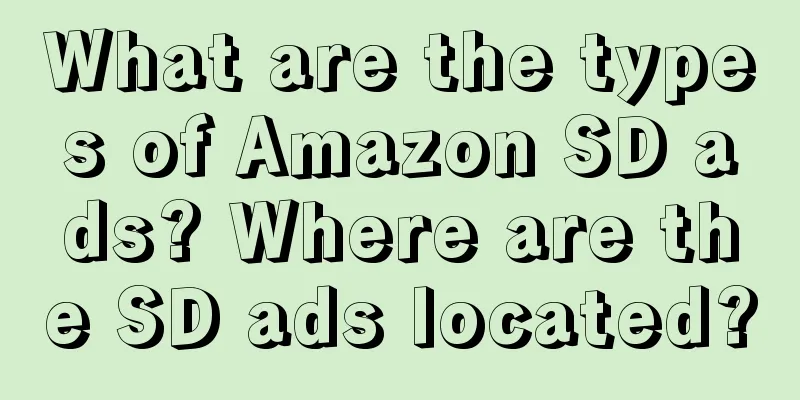Again! WeChat Store opens the promotion of customer distribution

In a new document titled "WeChat Store Preferred Alliance Commission Calculation and Settlement Rules", WeChat Store proposed a "customer promotion distribution model", which clearly defines the classification of promotion plans, the setting of commission service fees, and the commission calculation and settlement process. This may be a new solution to the "distribution" function (re-opening the sharing capabilities) that the outside world has been calling for. It is also another new capability released by the WeChat Store team in the short term after the large-scale gray test of the "send gifts" function. To some extent, functions such as "send" and "push" are not new, but in social networks, these actions that promote interaction and relationships between users can always bring more convenient diffusion and conversion. Therefore, many industry practitioners believe that the combination of distribution + gift giving may directly drive the upcoming series of holiday marketing peaks. 01 What is Tuike?The rules apply to all the promotion agencies, merchants, promoters and influencers of the Preferred Alliance. The rules explain in detail the definitions of keywords such as product promotion carriers, coloring links, and promotion models. Among them, the one that has attracted the attention of the industry is "promoters". The document defines it as follows: The model in which the promotion agency develops and invites promoters to cooperate through the corresponding API interface to promote products in social groups and other scenarios is called the "promoter promotion model". The promoter in this model is called "promoter". Under this rule, the cooperation model between the entrepreneurial team, the group leader/traffic organization, the distributor/group leader/promoter and other links is preset. For example: In terms of promotion plan classification and commission service fee setting, the rules distinguish between expert promotion plans and sales agency promotion plans. The expert promotion program allows merchants to set up general plans (1%-50% commission ratio), exclusive plans (0%-90% commission ratio) and targeted plans (0%-90% commission ratio). The promotion plan of a sales agency involves the sum of the total proportion of the agency service fee and the sales commission. Merchants can set it within the range of 0% to 90%, and the sales agency can allocate the agency service fee ratio and the sales commission ratio within the total ratio at their own discretion. The rules particularly emphasize the commission calculation rules for the customer-driven sales model, including the commission calculation time limit and commission calculation logic, to help merchants clarify the logic of "customer-driven distribution" and the scenarios in which customers can earn commissions. If a user purchases a product within 30 days after entering the product details page through the dyeing link, or purchases other products in the store, commission will be calculated. If a user purchases a product in the store that is not promoted by a sales agency, no commission will be calculated. In addition, the rules also specify the replacement logic for referral commissions and the attribution principles for orders placed through non-colored links. In terms of settlement rules, when a user clicks on a product or service link in the promotional information and places an order directly, and after the product’s post-sales period ends and no refunds or other pending after-sales disputes occur, settlement will be made based on the amount actually paid by the user and the corresponding proportion of the sales commission and agency service fee. In addition, the commission for bringing goods and the service fee of the agency are set and borne by the merchant. If the commission rate set by the agency is lower than the commission rate notified to the influencer or the influencer, the agency shall settle the difference with the influencer or the influencer. 02 Will there be new ways of distribution?There were actually signs of this announcement before. If we look back at the actions of WeChat Stores in the past few months, we can find that when the "sharp drop in the number of sharers" occurred, Jianshi had interpreted it and stated that this was a preparatory action for WeChat Stores to reshape the distribution model. It is not difficult to see that the Tuike model is closely related to the WeChat store sharer model. However, it is not entirely a replacement for the model, but a new solution to expand the sales channels of merchants. From the perspective of promotion scope, store sharers can earn commissions by promoting in multiple scenarios, while promoters can only earn commissions through social media marketing. Merchants do not need to go through the Preferred Alliance to bind store sharers, but if they want to promote customer distribution, they must go through the Preferred Alliance. Earlier, WeChat Stores issued an announcement about "the upgrade of the group leader system to a sales agency system", which clearly stated that the upgraded sales agency will add the function of promoting customers and bringing goods. For distribution agencies, it means that the establishment of distribution agencies can help merchants recruit promoters with distribution capabilities, and help small store merchants grow and split faster. For merchants, they can also find multiple distribution agencies or community promoters to promote together according to their own needs. Some people in the industry call this function the "Taobao customer" model of WeChat Stores. Combined with the various scenarios that WeChat Stores have already opened up, especially under the strong social attributes of WeChat, its future penetration can be imagined. When users are accustomed to placing orders on WeChat Stores, other group leader models that rely on the WeChat ecosystem may also be impacted. |
<<: Long and short videos in 2024
>>: E-commerce data analysis methodology: using data to drive business decisions
Recommend
Xiaomi's new copywriting is cosmic
Last year, Xiaomi launched a foldable screen mobil...
Is the income of Alibaba International Station account manager high? How is the career development?
Friends who know Alibaba Group should have heard o...
Inventory of the top ten marketing keywords in 2023!
In the past year, many keywords have emerged in th...
The search volume of Xiaohongshu has increased sharply. Is Baidu worried?
"Xiaohongshu search rises, challenges Baidu&#...
People in big companies have side jobs, and the end is to leave the blogger?
In this era where everyone is a self-media, young ...
Don’t do Mother’s Day marketing! Unless you let “love and gratitude” enter her alveoli
The author of this article talks about many exampl...
Does Amazon's change of main image affect the weight? Is it necessary to change it?
Amazon is also an e-commerce platform. For merchan...
20 Valentine’s Day copywriting with attitude, dare to love or dare not love!
Valentine's Day is coming soon. Many things ab...
What should we do if the customer success department becomes customer service again?
Why has the work of the customer success departmen...
Can Shopee be linked to a mainland bank card? What are the requirements for withdrawals?
There are still many merchants opening stores on t...
Alibaba International Station changes intellectual property rules
Alibaba International Station released an announce...
Will the deduction of points for delayed delivery affect the traffic of Shopee? Why are there deductions?
Nowadays, many friends know that store managers ar...
A few words brought in 70 million yuan worth of goods, and the middle-aged man couldn't get out of the live broadcast room of the "female boss"
In the fierce competition of live e-commerce, the ...
A new way to go against routines? Drama experts become popular again with short plays, and they are flooded with advertisements
Drama master "Seven Orangutans" achieved...
What products cannot be copied on Amazon? Introduction to copy-selling rules
Amazon's follow-selling model can be said to b...









